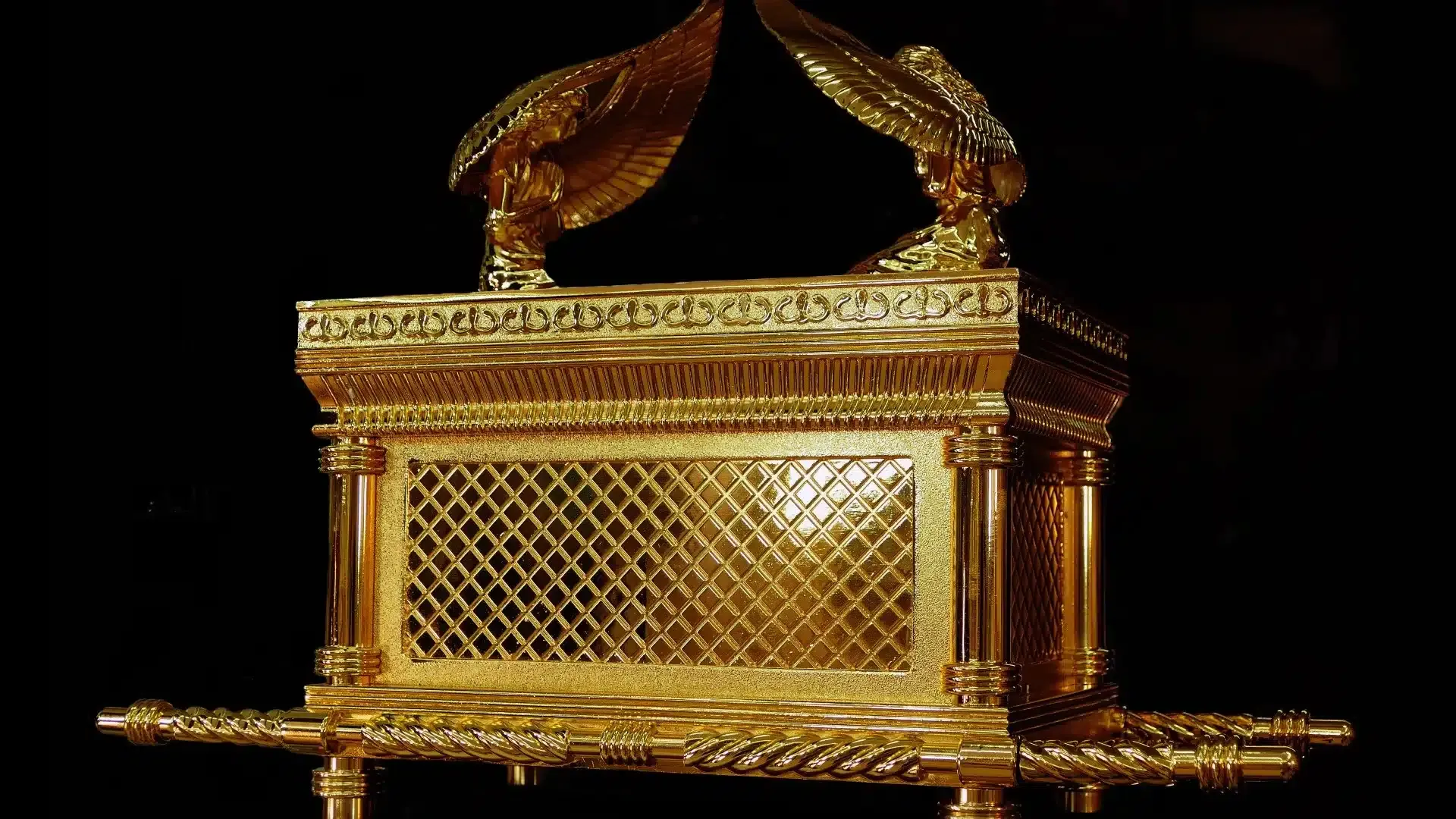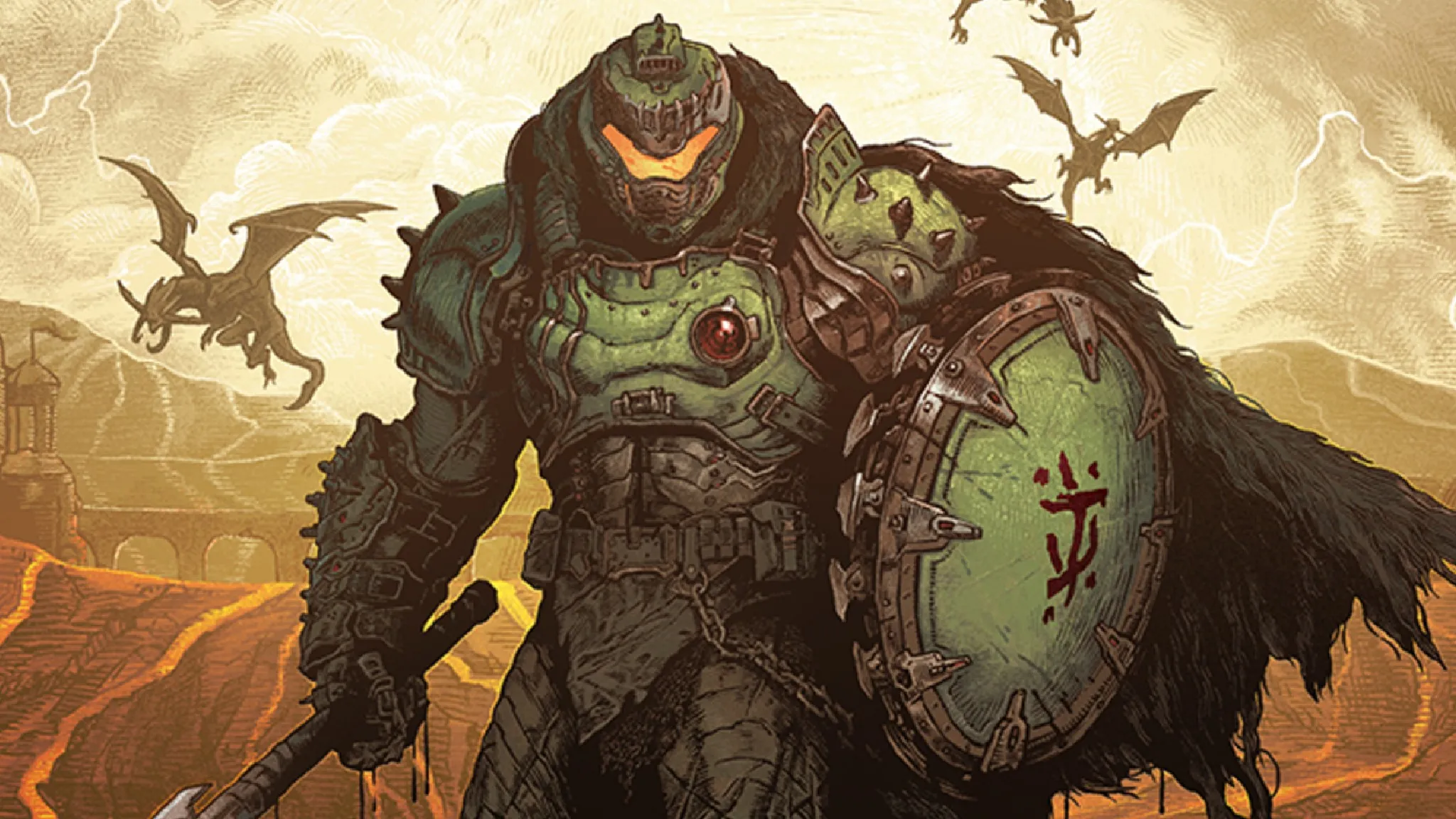Unveiling Secrets: CIA’s Shocking Hunt for the Ark of the Covenant Revealed!
In a startling revelation, recently declassified CIA documents have shed light on the agency’s secretive efforts to locate the Ark of the Covenant, a legendary biblical artifact believed to contain the Ten Commandments. Conducted in the late 1980s under a project named “Sun Streak,” these investigations employed remote viewing, a controversial technique linked to extrasensory perception (ESP). As this information comes to light, it has ignited a renewed interest in the Ark’s whereabouts and the methods used by the CIA in their quest.
The Ark of the Covenant has long captivated the imagination of historians and theologians alike. Its significance in Judaism as a sacred object symbolizing the covenant between God and the Israelites cannot be overstated. According to the declassified documents, the CIA claimed to have confirmed the Ark’s existence and suggested that it might be located in Ethiopia, a country deeply intertwined with the artifact’s historical narrative. The resurfacing of these documents in March 2025 has reignited debates about the legitimacy of the CIA’s findings and the unconventional methods employed in their investigation.
Key Details:
1. Project Name: Sun Streak
2. Technique Used: Remote viewing (ESP)
3. Claimed Location: Ethiopia
4. Historical Context: The Ark’s significance in Judaism
5. Public Reaction: Mixed responses, ranging from skepticism to intrigue
The CIA’s remote viewing program, while controversial, was part of a broader effort during the Cold War to explore unconventional methods of intelligence gathering. Remote viewing, which involves perceiving distant or unseen targets through extrasensory means, has faced skepticism from both scientific and public communities. However, the agency’s experiments suggest that they took the possibility of psychic phenomena seriously, raising questions about the intersection of science, belief, and national security.
A remote viewer involved in the CIA’s investigation described the Ark as being hidden in a “dark, guarded chamber,” indicating a location that is both concealed and protected. The findings from the remote viewing exercise suggested that the Ark might be “underground, dark and wet,” aligning with various historical accounts of its possible resting places. This description has fueled speculation about the Ark’s current location and the potential for future explorations.
As the documents circulated, public reaction has been notably mixed. Some skeptics dismiss the CIA’s methods as pseudoscience, while others are intrigued by the prospect of uncovering a significant historical artifact. The debate surrounding the CIA’s findings has also sparked discussions about the validity of psychic phenomena and their potential applications in contemporary intelligence work.
The resurfacing of these documents not only highlights the ongoing interest in the Ark of the Covenant but also underscores the CIA’s secretive operations during the Cold War era. This interest coincides with ongoing geopolitical tensions in the Middle East, particularly concerning Israel and its historical claims to the Ark. The implications of these findings extend beyond religious contexts, as the Ark has been popularized in modern culture through films and literature, further fueling public curiosity.
The CIA’s exploration of the Ark’s location reflects broader themes of how intelligence agencies have engaged with historical and religious artifacts throughout their history. The documents also mention the possibility of supernatural protection surrounding the Ark, raising questions about the beliefs held by those involved in the investigation. This aspect adds a layer of complexity to the narrative, intertwining faith with the pursuit of intelligence.
As the story unfolds, it may lead to further investigations or even expeditions aimed at uncovering the truth behind the Ark of the Covenant’s whereabouts. The renewed interest in this ancient artifact may also prompt scholars and archaeologists to reconsider historical accounts and theories regarding its location.
In conclusion, the CIA’s hunt for the Ark of the Covenant, revealed through recently declassified documents, opens a fascinating chapter in the intersection of intelligence, belief, and history. While skepticism remains regarding the agency’s methods, the allure of the Ark continues to captivate public imagination, inviting both scholarly inquiry and adventurous exploration. As discussions around the legitimacy of psychic phenomena and their applications in intelligence work continue, the quest for the Ark may yet yield new insights into one of history’s most enduring mysteries.
The Ark of the Covenant, shrouded in myth and legend, remains a potent symbol of faith and mystery. As we reflect on the CIA’s secretive operations and the implications of their findings, one question lingers: could the Ark truly be waiting to be discovered, hidden in a “dark, guarded chamber,” just as the remote viewers suggested? Only time will tell.






Leave a Comment